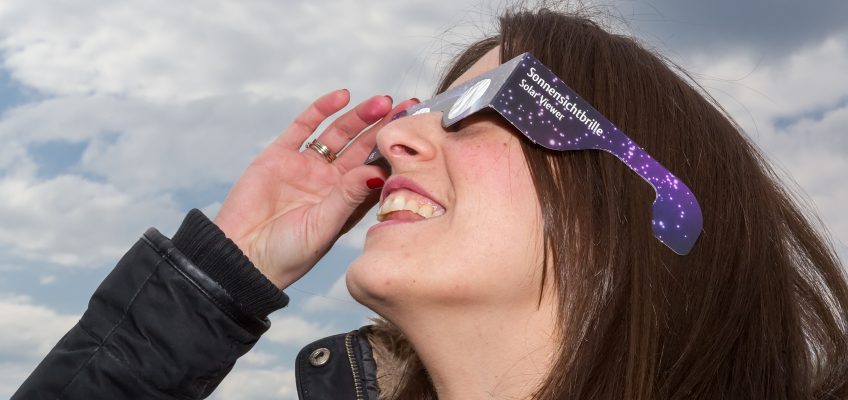 Viewing the solar eclipse without proper protection can result in eye damage.
Viewing the solar eclipse without proper protection can result in eye damage.
Men, women and children from across the country have eclipse fever! Many are counting down the days until this rare phenomenon takes place and plan to head outdoors to watch as the Earth, sun and moon align.
Before peering up at the sky on Monday, August 21, White-Wilson Ophthalmologist Dr. Andrew Mohammed warns that viewing the eclipse can pose risks to your vision.
“A solar eclipse is a very exciting and rare event,” said Dr. Mohammed. “However, it is important to take steps to protect your eyes while viewing the eclipse. Without proper protection, your retinas could become permanently damaged.”
Dr. Mohammed warns that sunglasses, binoculars, cameras or homemade viewers do not offer ample protection from the sun’s rays.
“Viewing the eclipse without taking appropriate safety measures can cause serious damage,” warned Dr. Mohammed. “It is important to take steps to protect your vision and know what may cause harm. Never look directly at the sun when it is not fully covered by the moon, and only view the partial eclipse when using the appropriate protective eyewear”
Dr. Mohammed recommends viewing the solar eclipse through specialized glasses that have an ISO rating of 12312-2. These glasses meet internationally accepted safety standards and provide ample protection. They are available at local retail stores and cost as little as a dollar or two. For those who wear eyeglasses, you should wear specialized glasses over your everyday eyeglasses, not behind them.
Dr. Mohammed also recommends keeping a close watch on curious children.
“Viewing a solar eclipse is exciting for children and adults,” said Dr. Mohammed. “Parents and teachers should take extra care to ensure that children have appropriate eye wear that fits properly and that they do not take them off.”
Damage can be done after only a few seconds exposure. While it may not be painful, damage to the retina can result in seeing black spots, blurred or distorted vision and loss of vision. This damage may be permanent and can have life-changing effects.
be painful, damage to the retina can result in seeing black spots, blurred or distorted vision and loss of vision. This damage may be permanent and can have life-changing effects.
Communities from coast to coast will have the chance to catch a glimpse of this very rare phenomenon. Those along the Emerald Coast should grab their glasses and head outside just after 1 p.m. on Monday. For a full listing of times, you can visit NASA.gov to see an interactive map of the sun’s rotation.
Dr. Andrew Mohammed is a member of the American Academy of Ophthalmology board-certified ophthalmologist at White-Wilson Medical Center in Fort Walton Beach.


